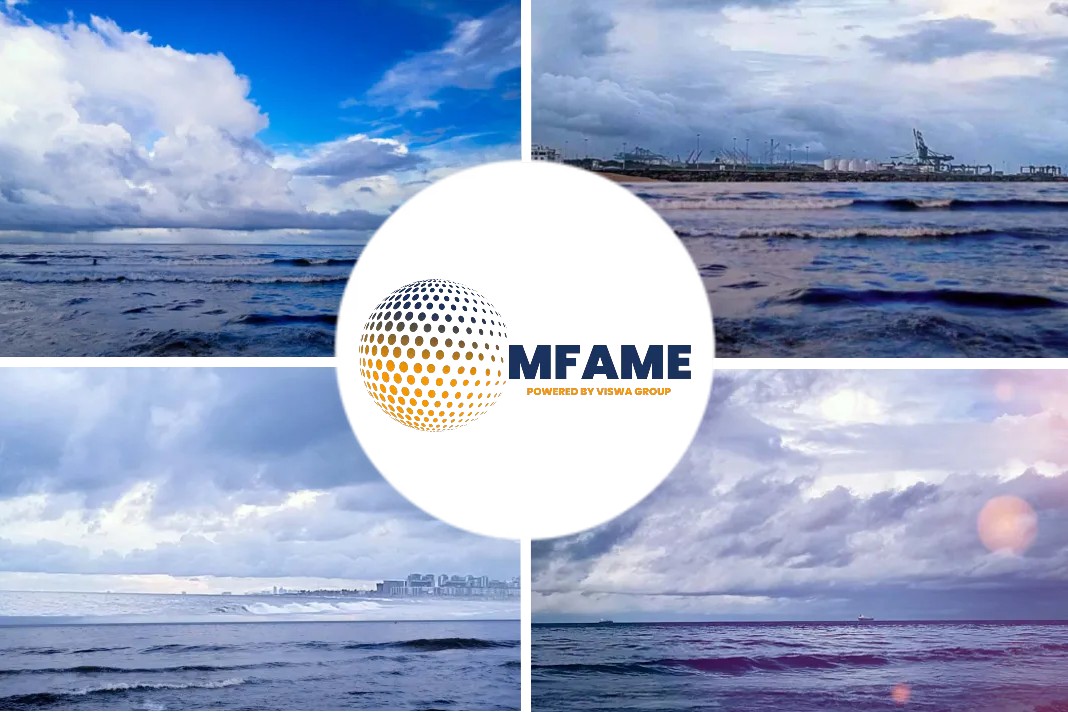Netherlands-based short sea shipping specialist Amasus Shipping is to fit its 91-meter general cargo ship EEMS Traveller with two 17 meter high eSAIL suction sails from Barcelona, Spain-based rigid sail specialist bound4blue, says an article published in MarineLog.
Boundary layer control with suction
The eSail is one of several wind assisted propulsion solutions offered by the company. The eSAIL technology is based on active boundary layer control using suction. When exposed to wind, with the suction off, it only produces drag as with any other non-lifting structure.
However, says bound4blue, “when the suction is activated, a small amount of air is sucked in, which re-adheres the airflow to the sail, generating enormous amounts of lift with low drag.”
The eSAIL is claimed to produce 6-7 times more lift than a conventional sail, with minimal power consumption and no mechanical complexity.
Retrofit during port call
The EEMS Traveller will be retrofitted with the suction sails during a port call later this year. The sails are expected to reduce the 2,850 dwt ship’s fuel costs and annual CO2 emissions by up to 30% on favorable trade routes. The installation will also reduce the vessel’s Energy Efficiency Existing Ship Index (EEXI) and improve its Carbon Intensity Indicator (CII).
Wind propulsion system
José Miguel Bermúdez, CEO of bound4blue says: “Our eSAIL is a commercially available, proven and reliable technology that turns wind into profit while reducing the carbon footprint of ships. Collaborating with Amasus Shipping team in this multiple sail installation is an opportunity to show again that general cargo ships, which account for roughly twenty seven percent of the world merchant fleet, can benefit from our wind propulsion system.”
Arend-Jan Rozema, managing director of Amasus Shipping says: “We feel that wind is one of the most sustainable energy sources available and should be used for all our benefit if possible. Reducing energy consumption by combining multiple techniques is the best pathway towards sustainable shipping.”
Did you subscribe to our daily Newsletter?
It’s Free! Click here to Subscribe
Source: MarineLog























